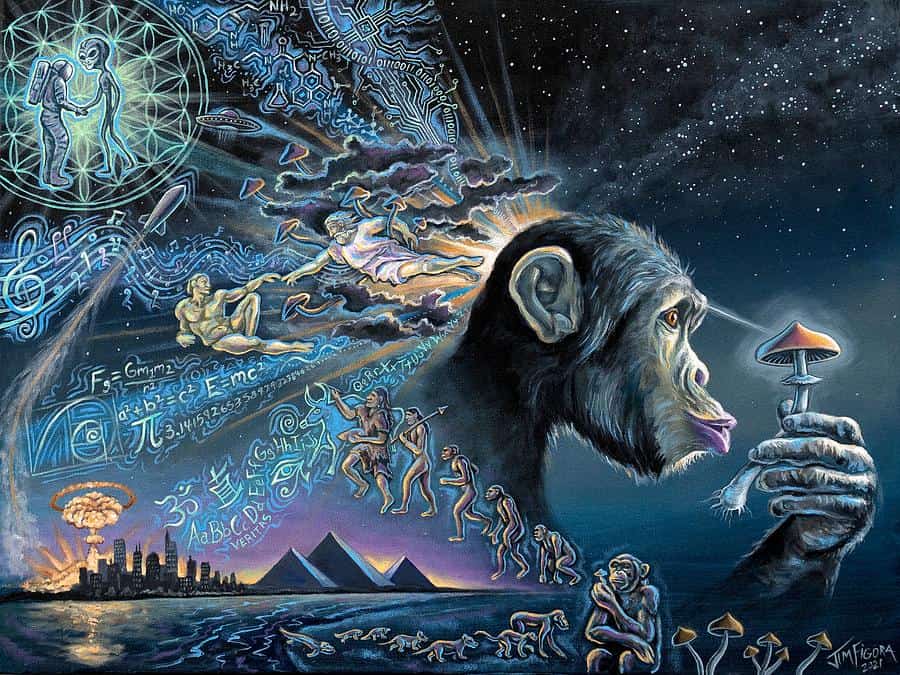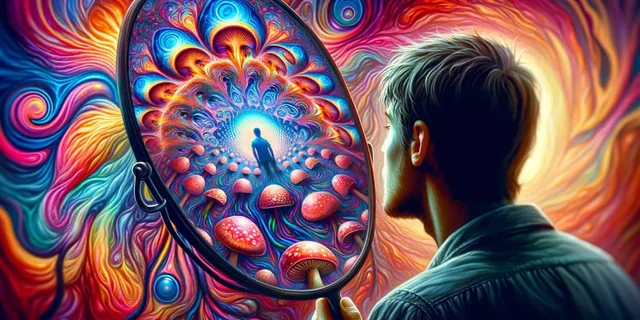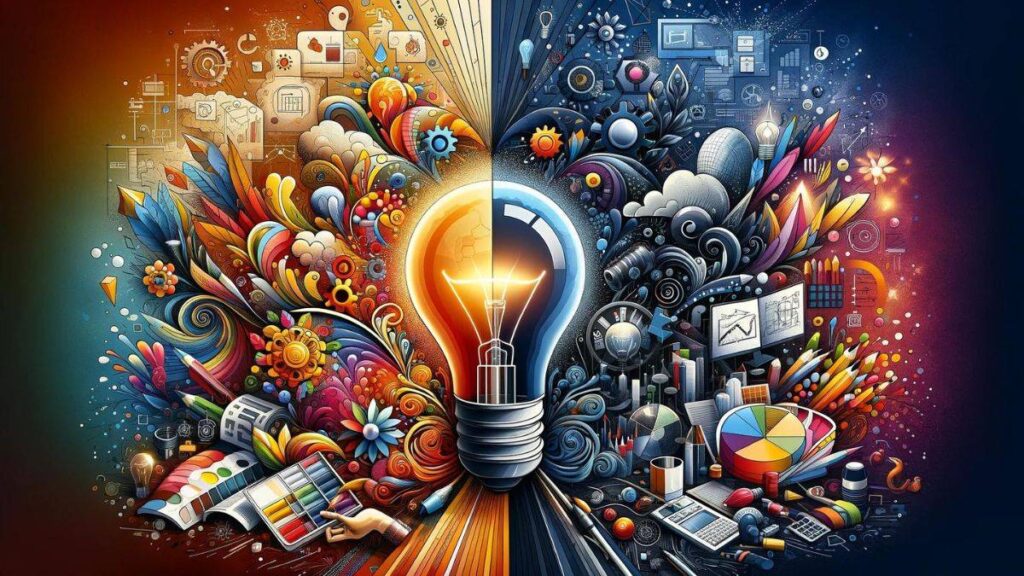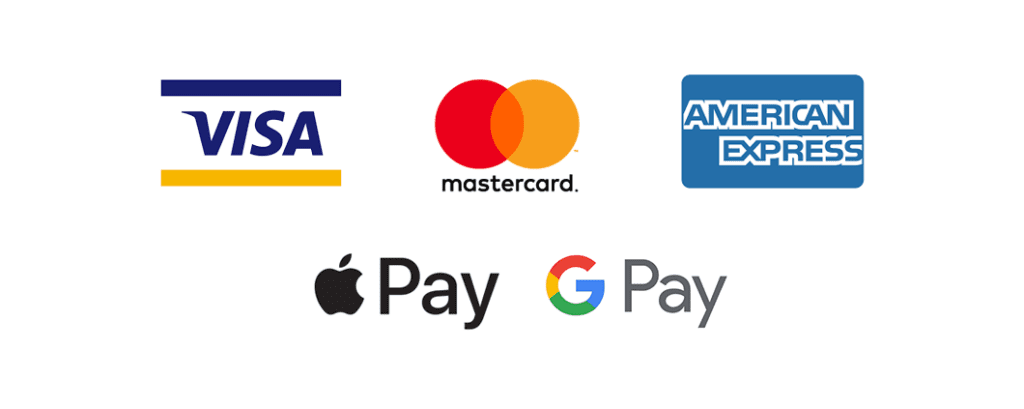
How Psychedelics Enhance Creativity
Psychedelics are thought to boost creativity by increasing entropy (a state of chaos) in the brain and enhancing our capacity for divergent thinking.
Entropy is a term borrowed from thermodynamics that’s used to measure states of disorder and lack of predictability. Under the influence of certain psychedelic compounds, our brain suppresses the highly organized activity of the default mode network (DMN) to force a higher state of entropy.
In a state of entropy, we become more conscious of our feelings, express greater levels of empathy, and have greater subjective feelings towards insightfulness and divergent thinking. This is perhaps why psychedelic users are more prone to creative breakthroughs and why there’s so much interest in the effects of psychedelics on creativity.
So how does it work? We found seven ways (so far) of how psychedelics can help boost your creative thinking.

Imagining things that don’t exist
The promise of psychedelics to enhance creative thinking is generally described as the ability to use imagination and original ideation to find solutions to a problem or achieve goals. Earlier this year, a study looking at the effects of LSD on creativity found a shift of cognitive resources “away from normal” and “towards the new.” Psychedelic-induced pattern breaking, originality, convergence, and symbolic thinking are all fundamental phenomena for creativity.
Hallucinating people can have profound experiences which can unlock creativity. You might walk along a path in a forest, see colorful vibrating symbols or patterns emerging anywhere you look, find that everything seems painted in the warm glow of the golden hour, and feel an overwhelming sense of oneness. Fragments of knowledge may surface suddenly and unexpectedly into consciousness, and psychologically heavy thoughts of the past can be re-experienced as trivial.
Psychedelics are powerful nonspecific amplifiers, a term that psychiatrist and LSD experimenters coined to refer to the dialing up of intensity of one’s conscious or unconscious thoughts and emotions in the tripping brain. In fact, these amplified ideas and feelings can be so powerful that some credit psychedelic plants with provoking the rapid increase in size and volume of our brains that occurred roughly 200,000 years ago, in a hypothesis known as the “stoned ape” theory.

Making novel connections
The formation of new connections in the brain, or neuroplasticity, is broadly speaking the nervous system’s ability to change in response to intrinsic or extrinsic stimuli by reorganizing its structure, functions, or connections. Neurons modify the strength and efficacy of synaptic transmission through a diverse number of change mechanisms.
Psychedelics induce rapid changes in plasticity mechanisms on a molecular, neuronal synaptic, and dendritic level, after a single or repeated administration. In other words, you have more neural signal diversity while tripping.
A 2016 study by a group revealed the effects of LSD on the human brain through neuroimaging techniques such as fMRI and magnetoencephalography (MEG). Essentially, the brain on LSD shows higher resting state functional connectivity between the visual cortex and the rest of the brain. Seeing with eyes-closed suggests “the visual cortex behaves ‘as if’ there is external input when there is none,” according to the paper.
Creative thinking is a result of divergent (lateral) thinking and enhanced cognitive flexibility, enabled by neuroplasticity. After both single and repeated administration, psychedelics have been demonstrated to promote structural and functional neural plasticity, a mechanism crucial for cognitive creativity.

Connecting the dots
Conceptual models of the human brain suggest a hierarchical network architecture, where each layer has a series of functions with a defined role, which in turn display distributed connectivity across networks. Creative cognition is related to the ability to generate connections between seemingly unrelated concepts in one’s memory archive. We can hypothesize how an increase in connections increases our ability to think creatively.
A study from April 2022 evaluated the impact of psilocybin on brain functionality in clinical trials of depression. It confirmed increased connectivity of the default mode network and other higher-order networks, while the connectivity with the default network itself decreased. Brain network modularity was “significantly reduced one day after psilocybin therapy,” which the researchers say implies a global increase in functional connectivity between the brain’s main intrinsic networks. And that is foundational for creative thinking.

Revealing the limits of your own creativity
You may find novel ways of thinking when being stuck on a specific creative problem that needs solving, but you won’t miraculously know how to play the piano. You may think your exploration is artistic and phenomenal—but you still have to do the work.
Creative thinking is a process. At the end of the day an artist without the skill set and the endurance needed to finish an artwork will never create a masterpiece, even under the influence of psychedelic substances.
And as we come down, retaining a sense of illumination, or equipped with new revelations and insights, altering cognition with psychedelic substances is very powerful. Aldous Huxley hinted that the playfulness and openness of psychedelics might not only be a conduit to our best creativity, but also to a long and healthy life. Or as he put it, “The secret of genius is to carry the spirit of the child into old age.”







